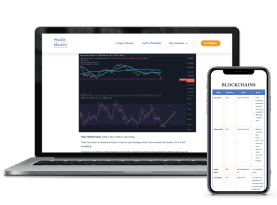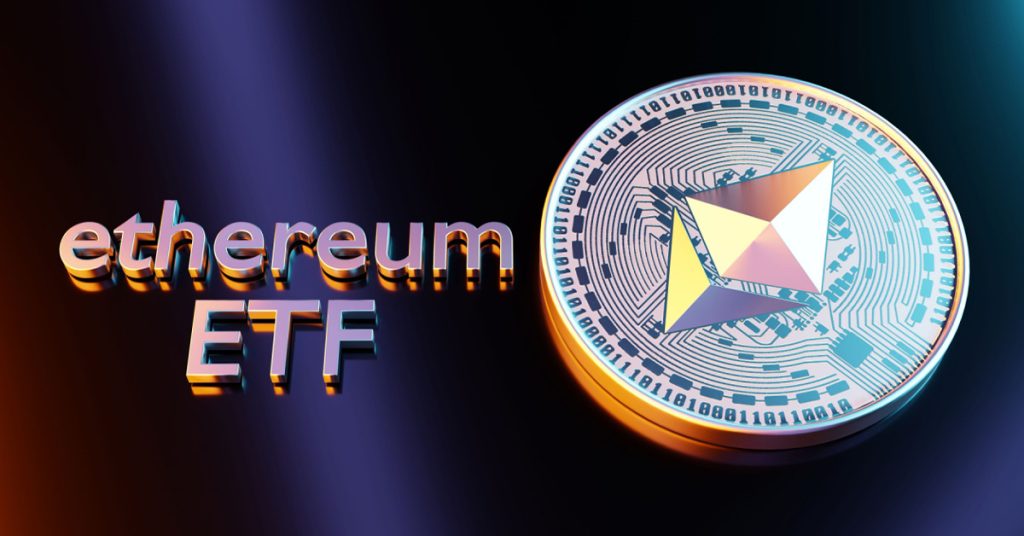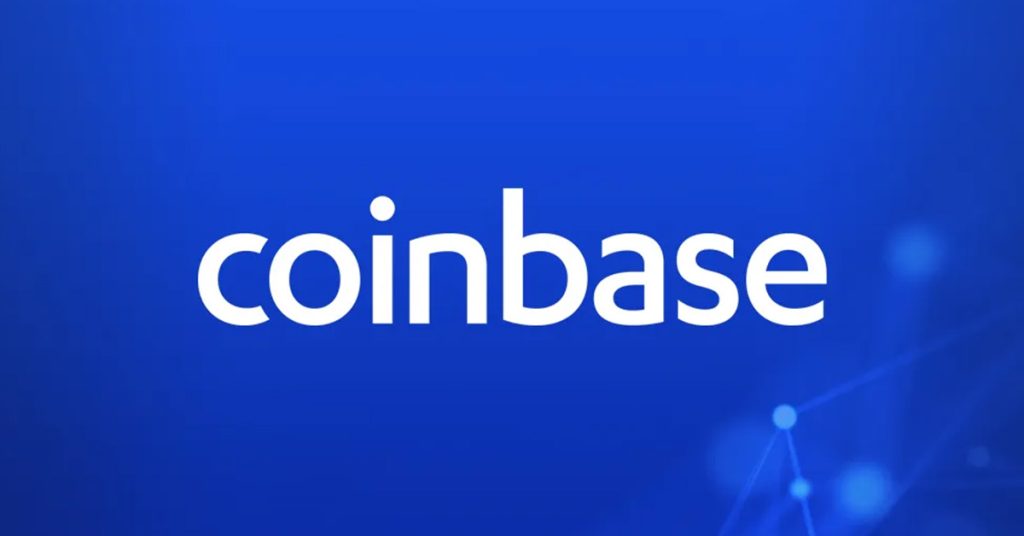The Business of Blockchains

Apple sells iPhones.
Starbucks sells coffee.
Blockchains sell blockspace.
For all the complexities that come with blockchain technology, it’s really as simple as that.
Blockchains produce a product called blockspace and they sell it via a term called gas.
They’ve ingrained this into my head over the years and it makes understanding the sustainability of this space so much easier.
If you want to understand which web3 real estate to build on, store your assets on or to invest in, understanding the business of blockchains concept is critical.
Blockchains are a business that sells a product.
Like any business, if they are not profitable, then over time the business will fail.
Luckily for us, a blockchain’s revenues and expenses are all on-chain. So we can take a look at how business is doing anytime we want 👀🔛⛓️
Today, the team at Web3 Academy is doing just that.
We’re going to show you how to understand the profitability of any blockchain in the space, from Layer 1s to Layer 2s.
Blockspace, The Killer Product of the 2020s
Blockspace has found product-market fit in recent years.
On Ethereum alone, user spent over $15,000,000,000 to use its blockspace.
But why has it reached product-market fit?
People worldwide find value in permissionless, peer-to-peer movement of digital assets, whether it involves stablecoins, trading currencies, buying/selling access to communities or digital art.
Similar to valuing freedom of speech, we also value freedom to transact, which blockchains provide.
Of course, like most products, not all blockspace is created equal. Some is more valuable than others.
Blockchain Revenues and Expenses
Bitcoin’s blockspace only handles basic transactions or static NFTs without utility.
On the other hand, Ethereum and other L1s offer smart contract capabilities, adding significant value for their blockspace price. Programmable transactions are particularly useful when conducting more complex transactions.
Additionally, some blockspaces are more secure and faster than others, with varying costs.
In the crypto world, the bottom line is what truly matters, regardless of a product’s features or costs.
Even if a product finds product-market fit, profitability is necessary for success. Examples such as Myspace, WeWork, and AOL demonstrate this reality.
Similarly, blockchains must sell their blockspace at a profit to remain sustainable.
You may ask if blockchains are profitable since they don’t have traditional expenses.
While blockchains don’t have employees or offices and can become self-sustaining public goods, they still have revenues and expenses. For long-term sustainability, a net positive (profitable) balance is necessary.
L1 and L2 blockchains have different revenue and expense models, so let’s start with L1.
L1 Blockchain Revenue
To use blockchains, users pay a fee known as gas, usually in the blockchain’s native token. Gas fees can be seen as the blockchain’s revenue or earnings.
Below are the 1 day revenues of various L1 Blockchains as well as their 7 day averages in USD.
L1 Blockchain Expenses
Blockchains also have expenses as they need to pay miners or validators for their services to ensure the chain’s security and transaction execution.
Blockchains do this in 2 ways, meaning, they have 2 forms of expenses:
Expense #1: Gas Fees
Gas fees collected by blockchains are paid to miners or validators who secure the chain and enable transactions.
Most blockchains pay all fee revenue directly to these parties, so the chart above effectively shows gas fee expenses. This expense is sustainable since it comes from revenues.
Ethereum and Polygon use a “burn” feature to reduce supply and increase token value, rather than pay validators with $ETH or $MATIC.
Expense #2: Issuance:
Blockchains reward miners or validators with newly created tokens as an expense, similar to a government subsidy.
However, unless the blockchain has a burn mechanism greater than supply increases, it is an unsustainable expense that devalues the token.
Cryptofees.info provides a list of yearly issuance and dollar value for L1 Blockchains.
Let’s take a second and compare the profitability of a few L1s.
Profitability Of L1 Blockchains
Below are the revenues (gas fees), expenses (issuance) and the resulting “profit” of 4 L1 Blockchains. Profit is in quotations as it’s not technically profit, I will explain below.
Bitcoin:
- Revenue = $563,748/day
- Expenses = ($21,996,207/day)
- Profit = ($20,988,086/day)
Avalanche:
- Revenue = $15,231/day
- Expenses = ($757,324/day)
- Profit = ($1,022,682/day)
Solana:
- Revenue = $47,257/day
- Expenses = ($1,744,088/day)
- Profit = ($1,696,832/day)
Ethereum:
- Revenue = $6,151,473/day
- Expenses = ($3,918,375/day)
- Profit = $2,233,098/day
So what are we looking at here?
Blockchains must generate revenue to pay for security while avoiding overinflation and keeping miners incentivized.
Profitability is essential for sustainability. At the moment, Ethereum is the only profitable blockchain in existence.
However, let’s look into things a bit more granular.
Profitability of Proof-of-Work Blockchains
PoW blockchains pay their security providers (miners) more than PoS blockchains pay their security providers (validators) because miners require larger and more expensive equipment that needs to be replaced every few years.
Additionally, miners have electricity costs that validators don’t have. However, both miners and validators must earn enough to cover their expenses.
97.4% of Bitcoin’s security costs are covered by inflation.
Inflation halves every 4 years until all 21 million Bitcoins are mined by 2140. Unless Bitcoin increases in value or generates more fees, miners will make 50% less every 4 years.
Currently, Bitcoin earns only $563,748/day in fees with no upward trend.
Bitcoin’s growth and rising demand have driven its price upwards over time, compensating for its lack of revenue as it halves inflation.
However, this sustainability model relies on continued demand and price increase. If demand and price stagnate over the next 120 years, Bitcoin may not be able to afford its security costs and could become bankrupt.
One solution is to reduce expenses for miners, such as mining equipment and electricity costs.
Profitability of Proof-of-Stake Blockchains
Validators of proof-of-stake blockchains have much lower operational expenses compared to miners of proof-of-work blockchains.
For instance, 98% of Solana’s security expenses are mainly subsidized by inflation, which is currently at 6.29%/year.
Without the subsidies, Solana would only have a daily budget of $35,012 to pay validators, which would only amount to about $19/day per validator, given its current number of validators (1891).
Solana currently relies on inflation subsidies for its security, but as a low-fee blockchain, it’s unclear how it will become self-sustaining.
Ethereum has a more manageable security budget, with 71% paid from revenues and 29% from inflation.
Ethereum also uses a burn mechanism on a % of its fees generated, resulting in a net negative in supply, which helps to manage a sustainable token.
Currently, ETH is reducing its supply by .086% while also paying validators 7% on their investment per year. Now that’s a sustainable business model!
Ultimately, to stay solvent long-term, blockchains must increase their revenue in the form of fees, but high-fees limit scalability and appeal to users.
The solution?
Layer 2 (L2) blockchains, which generate revenue from fees, but do not require validators or miners.
L2 blockchains can settle transactions on a secure and sustainable blockchain like Ethereum, making it a perfect fit for their needs.
In case you need a refresher on L2s, the team at Web3 Academy has written a PRO Report on blockchain scaling.
Profitability of Layer 2 Blockchains
L2s, such as Arbitrum and Optimism, charge gas fees like L1s. These two L2s are currently the most advanced and are built on top of Ethereum.
Below are their daily revenues.
L2s only need to pay for transactions on the L1 blockchain, which is covered by their revenue. See the L2 security expenses below.
Arbitrum:
- Revenue = $99,932/day
- Expenses = ($79,408/day)
- Profit = $20,524/day
Optimism:
- Revenue = $63,495/day
- Expenses = ($41,271/day)
- Profit = $22,224/day
L2s’ sustainable business model is clear: they keep a portion of the fees and rely on Ethereum for security and transaction settlement. L2s can then use the profits to reinvest or share with token holders. 👀
Key Takeaways
It’s all about incentives.
For blockchains to function long term, the people that secure the network must be profitable.
They need to generate revenue, maintain token value, limit expenses, and produce a desirable product, all while staying decentralized and competitive.
It’s not as simple as you might think.
Blockchains must ensure profitability for those securing the network while also generating enough revenue, maintaining decentralization, and producing a competitive product that users will pay to use.
Currently, only the Ethereum ecosystem has a sustainable business model thanks to intuitive tokenomics and L2s. Other blockchains like Bitcoin or Solana may also find a self-sustaining model in the future, but only time will tell.
That’s it for today on the business model of blockchains!
We hope this PRO Report equipped you with the tools necessary to evaluate a blockchain’s long-term sustainability to guide your investment decisions going forward.
If you’re interested in more reports like this one, sign up for our PRO membership here.














